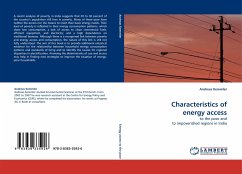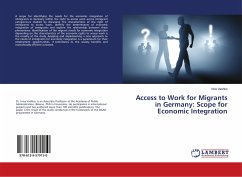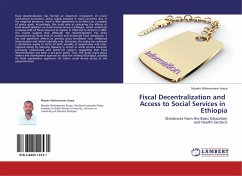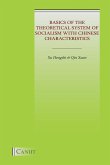A recent analysis of poverty in India suggests that 20 to 30 percent of the country s population still lives in poverty. Many of these poor have neither the access nor the means to meet their basic energy needs. Their level of poverty is reflected in their energy consumption patterns, which show low consumption; a lack of access to clean commercial fuels, efficient equipment, and electricity; and a high dependence on traditional biomass. Although there is a recognised link between poverty and energy access and consumption, the nature of this link is still not fully understood. The aim of this book is to provide additional empirical evidence for the relationship between household energy consumption patterns and standards of living and to identify the causes for regional disparities in electrification. Knowing the determinants of use and access may help in finding new strategies to improve the situation of energy-poor households.
Bitte wählen Sie Ihr Anliegen aus.
Rechnungen
Retourenschein anfordern
Bestellstatus
Storno








